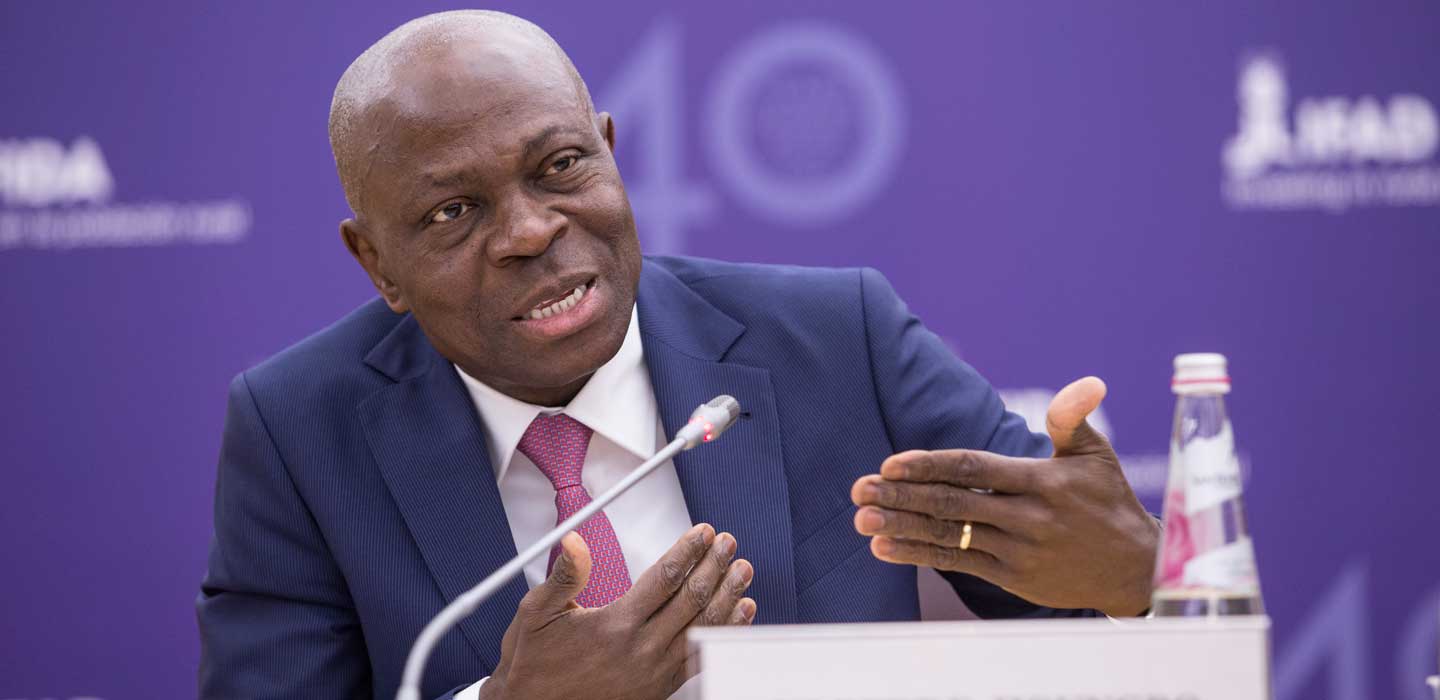Our food supply is at risk if we don’t start prioritizing rural women during this pandemic, said Gilbert F. Houngbo, President of the UN’s International Fund for Agricultural Development (IFAD) in a strong call to governments to increase their investments in rural women.
Houngbo said in a statement on the occasion of the International Day of Rural Women that “it is unacceptable that rural women, who play such a vital role in growing our food and building thriving economies, are at greatest risk during the pandemic. Our global resilience depends on governments paying greater attention to the disproportionate socio-economic impacts on rural women and stepping up their investments to protect them.”
There are approximately 1.7 billion women and girls living in rural areas, representing more than one-fifth of all humanity. Rural women make up 43 per cent of the agricultural work force in developing countries, and are responsible for much of the world’s food production. However they have less access than men to technologies, markets, financial assets and agricultural resources, making them far more vulnerable to the impacts of COVID-19.
Restrictions on movement have limited the ability of rural producers to grow and sell their produce. Rural women, who are often employed informally with no social protection, have faced higher job loss than men, whilst also experiencing an increase in unpaid domestic workloads including caring for sick family members and children not in school.
“Rural women – the people who have the greatest responsibility for feeding and raising the next generation – have been neglected through this crisis,” said Houngbo. “It is time to elevate the important contribution they make to their families, communities and the economies of their nations, and ensure that they are supported and protected through this unprecedented time.”
While much progress has been made in the 25 years since the Beijing Declaration and Platform for Action which provided a framework for addressing women’s empowerment, achieving gender equality in rural areas has been challenging. Women aged 25-34 are still 25 percent more likely than men to live in extreme poverty.





